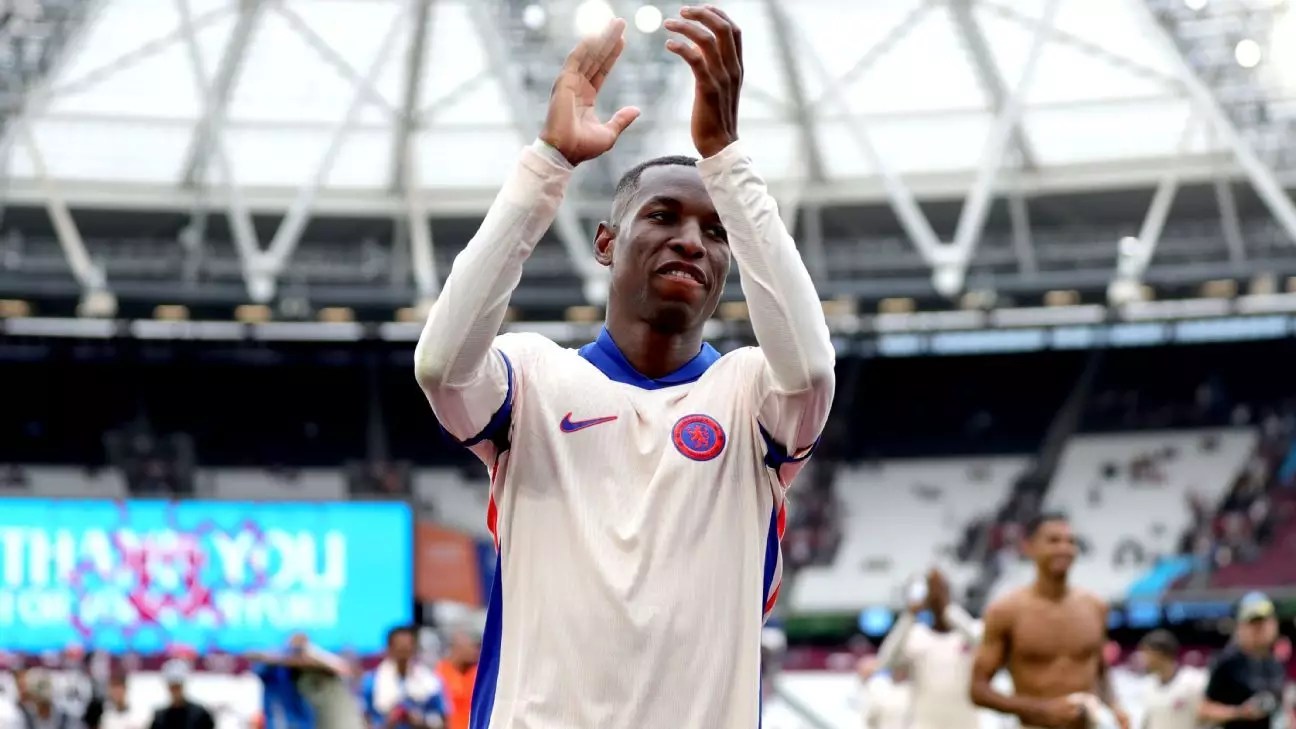The early stages of the Premier League season often set the tone for what’s to come, yet they can frequently tempt fans and analysts alike into drawing premature conclusions. After just five matches, the reigning champions, Manchester City, have once again emerged as the early leaders, supported by familiar contenders like Arsenal, Liverpool, and Aston Villa. However, despite the comfort of established dynamics, this period is rife with uncertainty due to various underlying factors that can significantly alter the trajectory of the season.
At the outset of this Premier League campaign, it’s hard to ignore the repetition of narratives from last year. Manchester City is reasserting their dominance, and their performance seems to echo a sentiment of inevitability among supporters predicting another successful title defense. The top four has retained the same identities as last season, with Arsenal, Liverpool, and Aston Villa forming an intriguing quartet alongside City. While many may feel confident in forecasting their eventual standings based on early performances, history suggests that we need to delay any firm judgments until the teams have had more time to acclimate to their varying dynamics.
What can often skew our perceptions during this initial stage is the impact of unpredictable elements—injuries, red cards, and player form fluctuations. Five games in, it’s essential to maintain cautious optimism and not prematurely label teams as either title challengers or relegation fodder. Just a few matches of poor performance can lead to substantial changes in form, especially given the knowledge that it often takes around ten games into the season to glean a clearer picture of a team’s potential.
In stark contrast to Manchester City’s consistency, Arsenal provides a perplexing case study. With a negative expected goal (xG) differential, the Gunners have managed to secure a respectable 11 points. Their performance has been anything but dominant, raising questions about their capacity to maintain this form as the season progresses. The absence of key players like Declan Rice and Martin Ødegaard coinciding with critical match scenarios—especially in games against tough opponents like Manchester City—creates a complicated narrative about their competitive edge.
Although Arsenal remains undefeated, the manner of their performances casts doubt on their long-term viability among top teams. The lack of clear, dominating victories raises legitimate concerns regarding their sustainability moving forward. They’ve capitalized on fortuitous situations—namely injuries and red cards—but whether this can continue is a question that looms large.
While several teams face uncertainties, Liverpool’s ostensibly solid start is intriguing. The absence of a designated defensive midfielder post-summer transfer window might raise alarms, but the team has weathered this transitional phase remarkably well. Allowing just one goal in their first five matches highlights an unexpected defensive resilience marked by solid performances across their back line, benefiting from new recruits.
Among the notable standouts is Ryan Gravenberch, whose hustle and tactical discipline in midfield could make him a fixture in Liverpool’s formation for years to come. His significant contributions in ball recovery and defensive actions showcase a new defensive mentality that has shifted the dynamics of Liverpool’s game, though questions linger about the sustainability of such defensive sharpness given the varying quality of clubs faced thus far.
Potential Breakthroughs and Warnings
Another theme to consider, especially when analyzing teams like Aston Villa, is the emergence of previously overlooked talents. Young players are stepping into roles that could redefine their teams. For instance, the Colombia international at Villa, Duran, has managed a remarkable goal tally despite limited starting minutes. This form emphasizes the potential for depth within squads, yet caution is warranted as context often plays a crucial role in sustainability.
Meanwhile, discussions surrounding West Ham invoke skepticism regarding recent transfer strategies and managerial choices under Julen Lopetegui. Despite a bold spending spree, early signs indicate that their plans may not yield immediate dividends. The club’s struggles could serve as a barometer for highlightings flaws in a project that seemed promising on paper but lacks historical backing in delivering success.
Five matches into the season, a wealth of storylines has begun to unfold, but it’s still too soon to draw definitive conclusions. While teams like Manchester City and Liverpool assert themselves early on, the undercurrents of a turbulent season loom large. Key injuries, player form, and managerial decisions could flip the narratives we’ve created within just a few matches. Football is an unpredictable sport, and the true test will come when teams face various challengers in a robust run of fixtures.
As analysts and fans alike, maintaining a keen eye on trends while acknowledging the nuances of the game will make for a thrilling season ahead. Whether through remarkable individual performances or the unraveling of previously solid strategies, the Premier League continues to deliver drama, rivalry, and unforeseen twists—exactly the reasons we remain captivated by the sport.


Leave a Reply